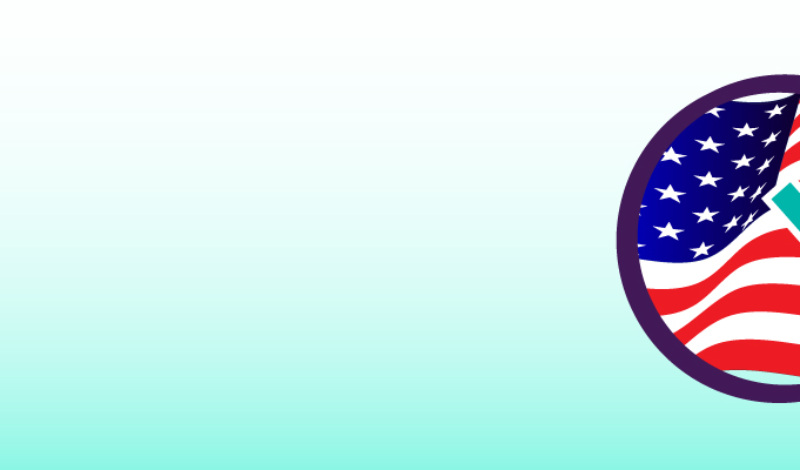



Note: This is the second in a periodic series of personal reflections on journalism, news literacy, education and related topics by NLP’s founder and CEO Alan C. Miller.
As news reports go, The New York Times’ lead story on Sept. 27 was a blockbuster: Donald Trump paid only $750 in federal income tax the year he won the presidency, $750 in federal income tax his first year in office, and “no income taxes at all in 10 of the previous 15 years — largely because he reported losing much more money than he made.”
I admired the way that Russ Buettner, Susanne Craig and Mike McIntire were able to make these assertions. The Times didn’t even feel the need to provide any attribution for those stunning findings in the story’s opening paragraphs.
That’s because this reporting was based on a trove of tax-return data for Trump and his companies that extended over more than two decades, as well as on other financial documents, legal filings and dozens of interviews. The three reporters, who collectively have decades of experience in unraveling complex financial and political dealings, have been investigating Trump’s finances for nearly four years.
Their efforts culminated in a classic piece of investigative journalism. It broke significant new ground on a subject of enormous public interest with authoritative, compelling and contextual reporting. It did not ask for the reader’s trust; instead, it earned it with detailed documentation. It pulled no punches in sharing its evidence-based findings — while also explaining what remains unknown about Trump’s assets.
The response was telling. A lawyer for the Trump Organization told the Times that the story was “inaccurate” but did not cite specifics. Trump called the report “fake news,” again without citing specific errors. In investigative journalism circles, this is called “a non-denial denial.”
I have a special appreciation for what it takes to do this kind of work. For most of my 29-year newspaper career, I was an investigative reporter. I considered it journalism’s highest calling. In some ways, even as newspapers fold and the number of journalists drops in the face of economic contraction, we are in a new golden age of investigative reporting. Yet amid all the attacks on journalism and the public’s declining trust in it, I believe that most people do not truly understand what it takes to do this work well — and the stakes and standards that lie at the heart of it.
In theory, all reporters should have the ability to do investigative work. Indeed, some of the most iconic investigations have arisen from resourceful beat reporting. But those who devote themselves exclusively to this kind of work — for instance, the members of Investigative Reporters & Editors — are often a different breed who march to a different beat.
They focus principally on corruption, waste, fraud, dishonesty and abuse, whether of human rights or of public trust. They tend to take longer and dig deeper, obtaining records (often through federal or state freedom of information requests), developing a network of inside and expert sources, and thoroughly mastering the subject at hand. Their work typically must endure a multi-layer editing process, often including a review by their publication’s lawyers.
Investigative reporters tend to regard whoever wields power as their primary target. Their north star is impact — to make a difference.
To succeed, their work must be beyond reproach. Most investigations contain hundreds of facts on which findings are based. The subject of such a report will look for any factual error, however inconsequential, to try to undermine the story’s credibility (“If they can’t get even that right, why would you trust their conclusions?”). The threat of a lawsuit, even prior to publication, may hang overhead as well.
In December 2002, following months of reporting, the Los Angeles Times published “The Vertical Vision,” a four-part series on the Marine Corps’ aviation program. My colleague Kevin Sack and I detailed how the Harrier jump jet, the first aircraft the Marines could call their own, had killed 45 pilots — including some of the Corps’ best — in 143 noncombat accidents since 1971, making it the most dangerous aircraft in the U.S. military for decades. We demonstrated that this was the first of three Marine aircraft that would prove to be deeply troubled, painting a portrait of an aviation program whose high cost in blood and treasure was not redeemed on the battlefield.
In our determination to be both fair and accurate, we took the unusual step of reading, word by word, a draft of the series to Marine Corps public affairs officials. In turn, as publication began, the Marines sent supporters a detailed description of what to expect and told them that if they could find any mistakes, however small, the Corps would pounce on those errors to discredit the entire report. (They found nothing. The series led to a congressional hearing and was awarded the 2003 Pulitzer Prize for National Reporting.)
Investigative reporters must resist a particular kind of confirmation bias: falling in love with the story, or with the thesis behind an investigation. The best reporters follow where the evidence leads, rather than seeking documentation to support a desired conclusion. Failing to do so has consequences, as I discovered in my first journalism job at the Times Union in Albany, New York.
I made a critical mistake on an investigative piece about the city’s Democratic machine when I saw and reported what I expected — and, yes, hoped — to see in a legal document. “Always guard against your own assumptions,” my editor, Harry Rosenfeld, admonished me. (His words held special sway since he had been Bob Woodward’s and Carl Bernstein’s boss at The Washington Post during the Watergate investigation.) That — plus the ensuing Page One correction — proved a powerful lesson for an ambitious young reporter.
(This fealty to accuracy, as well as to accountability in the face of factual errors, stands in stark contrast to other types of content that masquerade as journalism — such as conspiracy theories, whose web of alleged insider information, sinister plots and Byzantine clues can take on the aura of reportorial revelation. But these delusions, which require their followers to suspend belief in reality, fall apart under scrutiny because they cannot be independently documented by credible sources.)
The high expectations placed on investigative reporters also put them under considerable pressure. Producing a series — or even a single story — can take weeks or months, and that time is costly (especially amid tightening budgets). Sources can mislead. Tips don’t always pan out. And a newly discovered fact or document may undo those weeks or months of work by disproving or complicating an investigation’s underlying premise.
Yet overcoming such challenges makes the payoff all the more gratifying: landing an investigation that reveals wrongdoing, prompts public scrutiny, leads to reforms and has meaningful impact.
In early 2003, two months after our Harrier series appeared, a Marine Corps pilot stationed in Kuwait said this to a Los Angeles Times colleague: “Tell Alan Miller that he got it right.” As a result, he added, “Lives will be saved.”